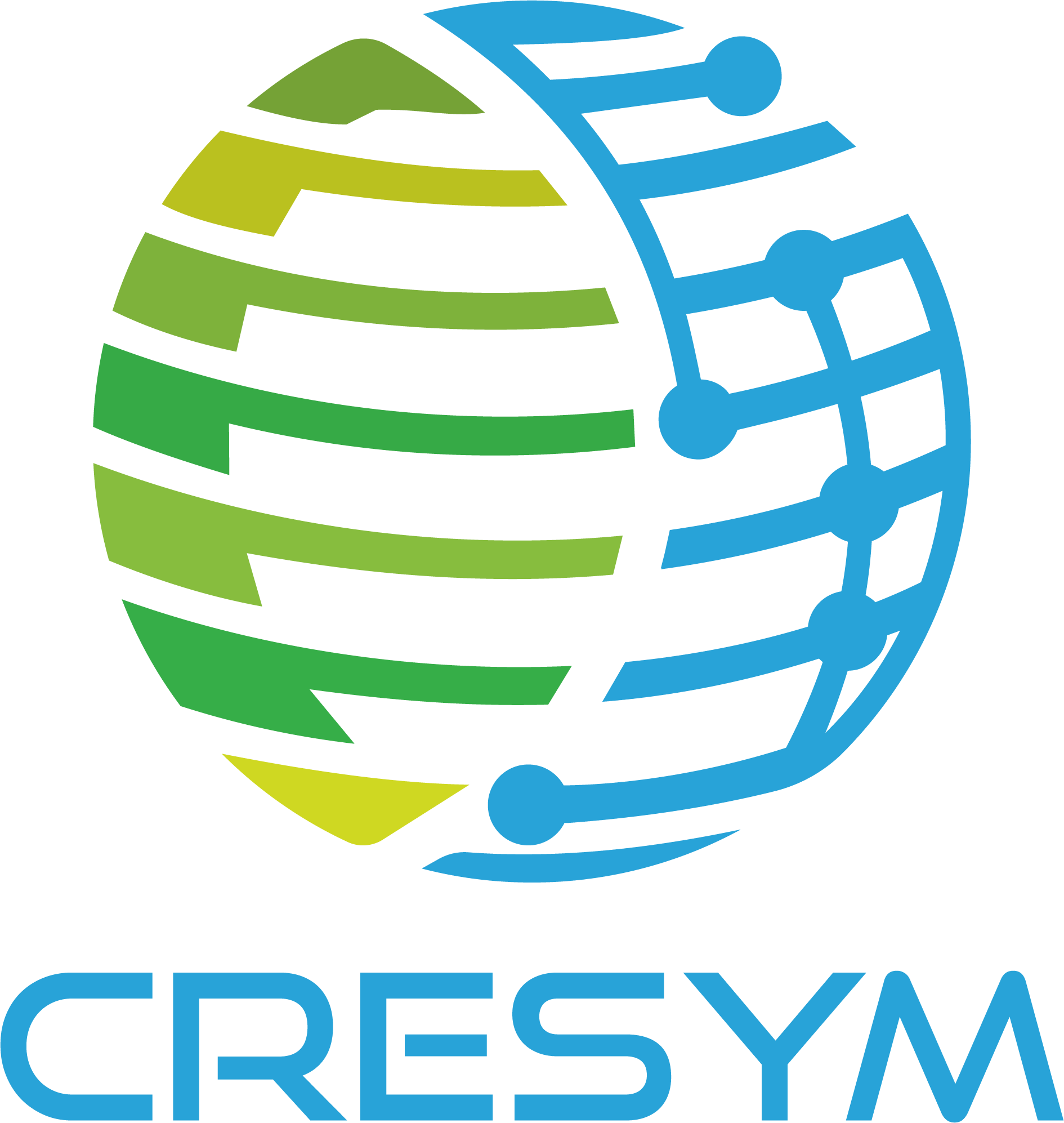D-GITT
D-GITT (Detailed Grid Inner Topology Timeseries) is about giving access to node-breaker description timeseries of power grids, starting with 6-month history at 5' intervals for the French transmission grid. This experimentation shall be part of the LF Energy project OpenSynth.



